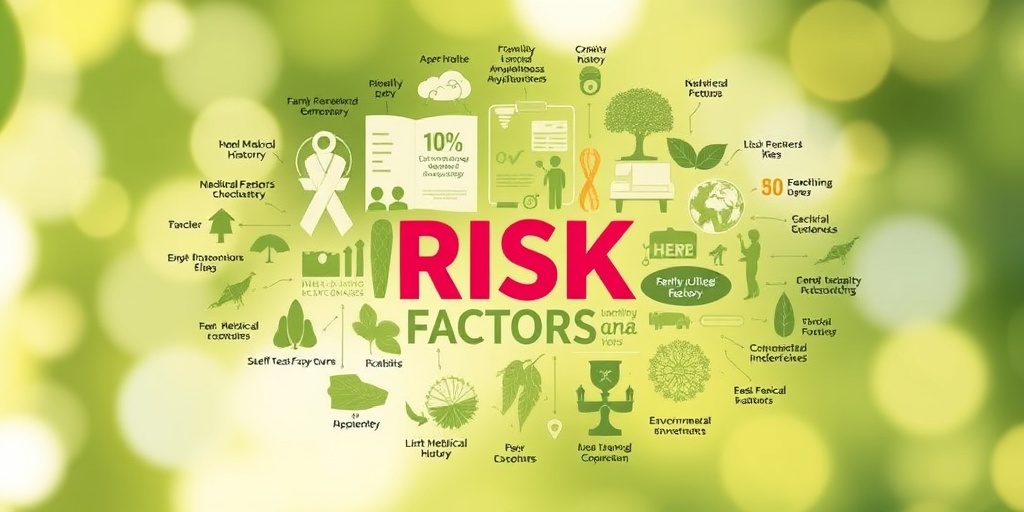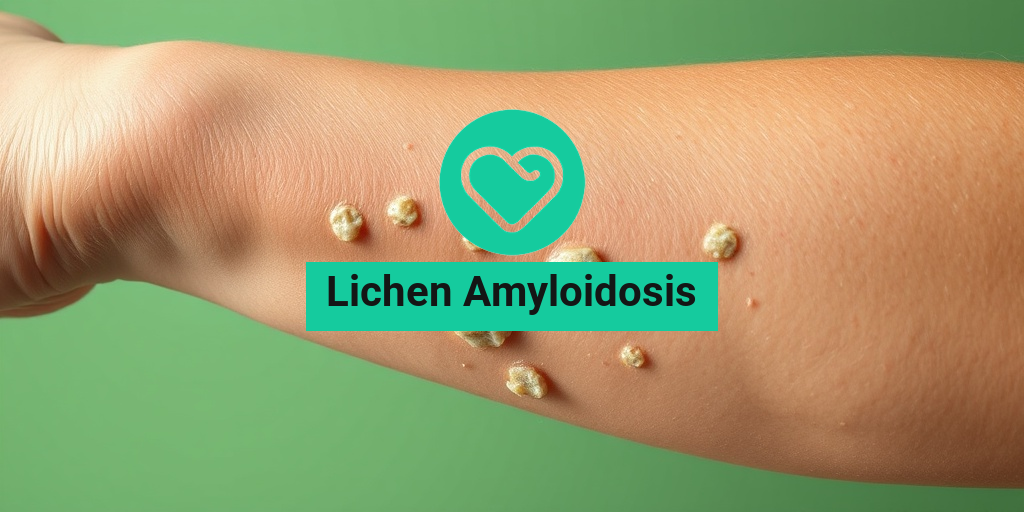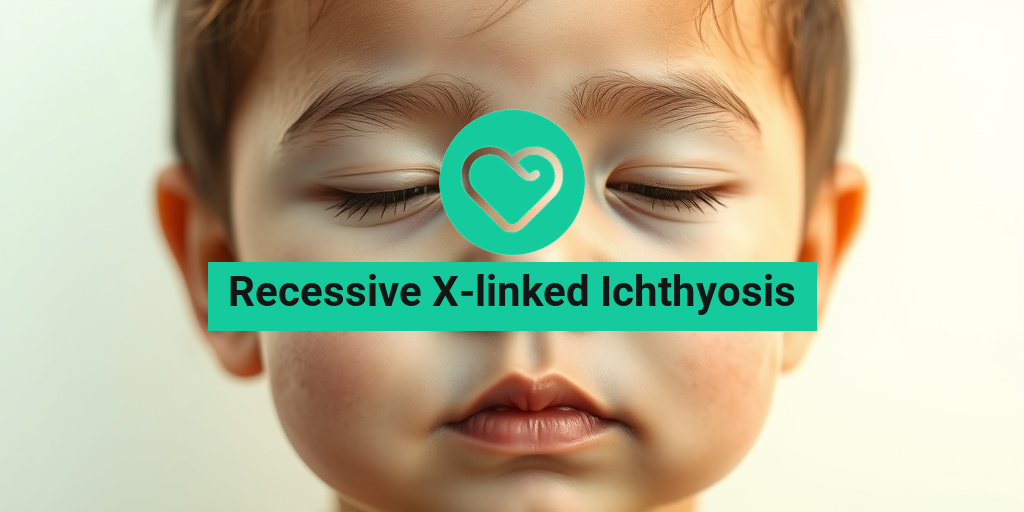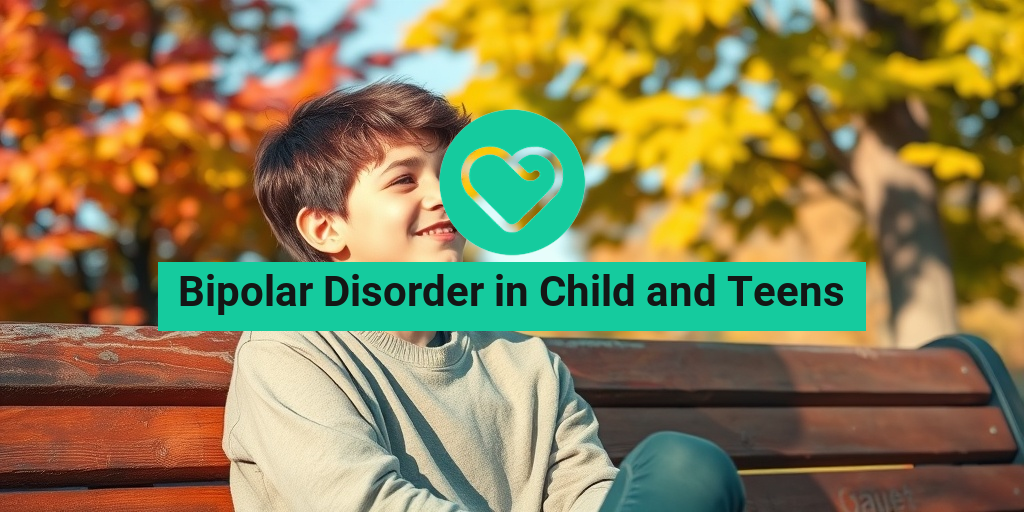What Is Lichen Amyloidosis?
Lichen amyloidosis is a rare skin condition characterized by the deposition of amyloid proteins in the skin, leading to distinctive lesions. This condition is often associated with chronic itching and can significantly impact a person’s quality of life. Understanding lichen amyloidosis is crucial for those affected, as well as for healthcare providers who may encounter it in their practice.
Understanding Amyloidosis
Amyloidosis refers to a group of diseases that result from the accumulation of amyloid, an abnormal protein, in various tissues and organs. In the case of lichen amyloidosis, the amyloid deposits primarily affect the skin. The exact cause of this condition remains unclear, but it is often linked to chronic skin irritation or scratching, which can lead to the formation of these amyloid deposits.
Pathology of Lichen Amyloidosis
The pathology of lichen amyloidosis involves the deposition of amyloid in the papillary dermis, which is the upper layer of the skin. Histological examination typically reveals a characteristic appearance, with the presence of amorphous, eosinophilic deposits that can be identified using special staining techniques. This condition is often diagnosed through a skin biopsy, where a small sample of skin is examined under a microscope.
Who Is Affected?
Lichen amyloidosis can affect individuals of any age, but it is most commonly seen in adults. It is particularly prevalent in individuals with a history of chronic skin conditions, such as eczema or psoriasis. Additionally, there may be a genetic predisposition, as some families report multiple cases of the condition.
Lichen Amyloidosis Symptoms
The symptoms of lichen amyloidosis can vary from person to person, but they typically include:
- Itchy Skin: One of the most common symptoms is intense itching, which can lead to scratching and further skin damage.
- Skin Lesions: The condition is characterized by the presence of small, raised, and often brownish or purplish lesions on the skin. These lesions may appear on various parts of the body, but they are most commonly found on the legs.
- Thickened Skin: Over time, the affected areas may become thickened and leathery due to chronic scratching and irritation.
- Discoloration: The skin lesions may exhibit changes in color, ranging from brown to purple, which can be distressing for those affected.
Impact on Quality of Life
The symptoms of lichen amyloidosis can significantly impact an individual’s quality of life. The persistent itching and visible lesions can lead to emotional distress, anxiety, and social withdrawal. Many individuals report feeling self-conscious about their skin condition, which can affect their interactions with others.
When to Seek Medical Advice
If you notice persistent itching or unusual skin lesions, it is essential to consult a healthcare professional. Early diagnosis and management can help alleviate symptoms and prevent complications. A dermatologist is typically the best specialist to evaluate and treat lichen amyloidosis.
Conclusion
Lichen amyloidosis is a complex skin condition that requires a comprehensive understanding for effective management. If you or someone you know is dealing with this condition, consider reaching out to resources like Yesil Health AI (yesilhealth.com) for evidence-based health answers and support. Remember, you are not alone in this journey, and there are options available to help manage symptoms and improve your quality of life. 🌟

Causes of Lichen Amyloidosis
Lichen amyloidosis is a rare skin condition characterized by the deposition of amyloid proteins in the skin, leading to the formation of itchy, raised lesions. Understanding the causes of lichen amyloidosis is crucial for effective management and treatment. While the exact cause remains unclear, several factors have been identified that may contribute to its development.
Genetic Predisposition
Research suggests that genetics may play a role in the development of lichen amyloidosis. Individuals with a family history of amyloidosis or related skin conditions may be at a higher risk. Genetic mutations affecting protein folding and clearance can lead to amyloid accumulation in the skin.
Chronic Skin Irritation
One of the most significant factors associated with lichen amyloidosis is chronic skin irritation. Conditions that cause persistent scratching or trauma to the skin can trigger the deposition of amyloid proteins. This is particularly common in individuals with a history of:
- Chronic eczema
- Psoriasis
- Other inflammatory skin diseases
In fact, many patients report that their lichen amyloidosis developed after years of scratching due to these underlying conditions. The cycle of irritation and scratching can exacerbate the problem, leading to more pronounced symptoms.
Environmental Factors
Environmental factors may also contribute to the onset of lichen amyloidosis. Exposure to certain chemicals or irritants can lead to skin inflammation, which may trigger amyloid deposition. Additionally, factors such as:
- Humidity
- Temperature fluctuations
- Allergens
can exacerbate existing skin conditions, potentially leading to lichen amyloidosis.
Underlying Health Conditions
Some underlying health conditions may increase the risk of developing lichen amyloidosis. These include:
- Chronic infections
- Autoimmune diseases
- Other systemic amyloidosis conditions
Individuals with these conditions may experience a higher likelihood of amyloid protein accumulation in the skin, leading to the characteristic lesions of lichen amyloidosis.
Risk Factors for Lichen Amyloidosis
Identifying the risk factors for lichen amyloidosis can help individuals understand their susceptibility to this condition. While anyone can develop lichen amyloidosis, certain factors may increase the likelihood of its occurrence.
Age and Gender
Lichen amyloidosis is more commonly diagnosed in adults, particularly those aged between 40 and 60 years. Additionally, studies indicate that men may be at a slightly higher risk than women, although the reasons for this disparity are not fully understood.
Chronic Skin Conditions
As mentioned earlier, individuals with chronic skin conditions are at an increased risk of developing lichen amyloidosis. Conditions such as:
- Atopic dermatitis
- Chronic urticaria
- Other forms of dermatitis
can lead to persistent scratching and skin irritation, which may trigger the deposition of amyloid proteins.
Ethnicity
Some studies suggest that certain ethnic groups may be more prone to lichen amyloidosis. For instance, it has been observed more frequently in individuals of Asian descent, particularly in Japan. This may indicate a genetic predisposition or environmental factors unique to these populations.
Occupational Exposure
Occupational exposure to irritants or allergens can also be a risk factor. Jobs that involve:
- Frequent contact with chemicals
- Exposure to harsh environmental conditions
may increase the likelihood of developing skin conditions that could lead to lichen amyloidosis.
Immune System Health
Individuals with compromised immune systems, whether due to autoimmune diseases or other health conditions, may be at a higher risk. A weakened immune response can lead to chronic inflammation and skin irritation, creating an environment conducive to amyloid deposition.
In summary, while the exact causes of lichen amyloidosis remain elusive, understanding the contributing factors and risk factors can aid in early detection and management of this condition. If you suspect you may be at risk or are experiencing symptoms, it is essential to consult a healthcare professional for proper evaluation and guidance. 🩺

Diagnosing Lichen Amyloidosis
Diagnosing lichen amyloidosis can be a complex process, as it often mimics other skin conditions. This rare skin disorder is characterized by the deposition of amyloid proteins in the skin, leading to distinctive lesions. Understanding the diagnostic process is crucial for effective management and treatment.
Clinical Examination
The first step in diagnosing lichen amyloidosis typically involves a thorough clinical examination by a dermatologist. During this examination, the doctor will look for specific symptoms, including:
- Itchy, raised lesions: These are often found on the lower legs and can vary in color from skin-toned to reddish-brown.
- Thickened skin: The affected areas may appear thickened or leathery due to chronic scratching.
- Distribution: Lesions are usually symmetrically distributed on the legs and may also appear on other areas of the body.
Histological Analysis
To confirm a diagnosis of lichen amyloidosis, a skin biopsy is often performed. This involves taking a small sample of the affected skin and examining it under a microscope. The histological analysis will typically reveal:
- Amyloid deposits: These deposits appear as amorphous, eosinophilic material in the papillary dermis.
- Inflammatory changes: There may be associated inflammatory changes, which can help differentiate lichen amyloidosis from other skin conditions.
Additional Tests
In some cases, additional tests may be necessary to rule out systemic amyloidosis or other underlying conditions. These tests can include:
- Blood tests: To check for signs of systemic involvement.
- Urine tests: To assess for proteinuria, which can indicate kidney involvement.
Early diagnosis is essential for managing lichen amyloidosis effectively. If you notice any unusual skin changes, it’s important to consult a healthcare professional for a thorough evaluation. 🩺
Lichen Amyloidosis Treatment Options
Treating lichen amyloidosis can be challenging, as there is no one-size-fits-all approach. The treatment plan often depends on the severity of the condition and the individual’s response to various therapies. Here are some common treatment options:
Topical Treatments
For mild cases, topical treatments are often the first line of defense. These may include:
- Topical corticosteroids: These can help reduce inflammation and itching.
- Calcineurin inhibitors: Medications like tacrolimus or pimecrolimus may be used to manage symptoms without the side effects associated with steroids.
- Moisturizers: Regular use of emollients can help soothe the skin and prevent dryness.
Systemic Treatments
In more severe cases, systemic treatments may be necessary. These can include:
- Oral corticosteroids: These may be prescribed for short-term use to control severe inflammation.
- Immunosuppressive agents: Medications like methotrexate or azathioprine can help manage symptoms by suppressing the immune response.
Phototherapy
Phototherapy, or light therapy, can also be an effective treatment option for lichen amyloidosis. This involves exposing the skin to ultraviolet (UV) light under medical supervision. It can help reduce lesions and improve skin appearance.
Emerging Therapies
Research is ongoing to find more effective treatments for lichen amyloidosis. Some emerging therapies include:
- Biologics: These are targeted therapies that may offer new hope for patients with chronic conditions.
- Laser therapy: Certain laser treatments may help reduce the appearance of lesions.
It’s essential to work closely with a healthcare provider to determine the best treatment plan tailored to your specific needs. Regular follow-ups can help monitor the condition and adjust treatments as necessary. 🌟

Home Remedies for Lichen Amyloidosis
Lichen amyloidosis is a rare skin condition characterized by the accumulation of amyloid protein in the skin, leading to itchy, raised lesions. While medical treatments are essential, many individuals seek home remedies to alleviate symptoms and improve their skin condition. Here are some effective home remedies that may help manage lichen amyloidosis:
1. Moisturizing Creams
Keeping the skin well-moisturized is crucial for managing lichen amyloidosis. Look for creams that contain ingredients like:
- Urea – Helps to hydrate and soften the skin.
- Glycerin – Attracts moisture to the skin.
- Ceramides – Restore the skin barrier and retain moisture.
Applying these creams regularly can help reduce dryness and irritation associated with lichen amyloidosis. 🧴
2. Oatmeal Baths
Oatmeal is known for its soothing properties. Taking an oatmeal bath can help relieve itching and inflammation. To prepare:
- Grind plain oats into a fine powder.
- Add the powder to warm bathwater.
- Soak for 15-20 minutes, then rinse off.
This natural remedy can provide relief and make your skin feel more comfortable. 🛁
3. Aloe Vera Gel
Aloe vera is renowned for its healing properties. Applying pure aloe vera gel directly to the affected areas can help soothe irritation and promote healing. Its anti-inflammatory properties can also reduce redness and swelling. 🌿
4. Coconut Oil
Coconut oil is another excellent moisturizer that can help with lichen amyloidosis. It has antimicrobial properties and can help prevent infections in the affected areas. Apply a thin layer of coconut oil to the skin daily for best results. 🥥
5. Dietary Changes
While there is no specific diet for lichen amyloidosis, incorporating anti-inflammatory foods may help improve overall skin health. Consider adding:
- Fruits and vegetables – Rich in antioxidants.
- Fatty fish – High in omega-3 fatty acids.
- Nuts and seeds – Provide healthy fats and nutrients.
Staying hydrated by drinking plenty of water is also essential for maintaining skin health. 💧
Living with Lichen Amyloidosis
Living with lichen amyloidosis can be challenging, both physically and emotionally. Understanding the condition and finding effective coping strategies can significantly improve your quality of life. Here are some tips for managing life with lichen amyloidosis:
1. Educate Yourself
Knowledge is power. Understanding lichen amyloidosis, its symptoms, and treatment options can help you feel more in control. Research reputable sources and consider joining support groups where you can connect with others facing similar challenges. 📚
2. Communicate with Your Healthcare Provider
Regular communication with your healthcare provider is vital. Discuss any changes in your symptoms or concerns about your treatment plan. They can offer personalized advice and adjust your treatment as necessary. Don’t hesitate to ask questions! 🩺
3. Manage Stress
Stress can exacerbate skin conditions, including lichen amyloidosis. Incorporate stress-reducing activities into your routine, such as:
- Yoga – Promotes relaxation and flexibility.
- Meditation – Helps clear the mind and reduce anxiety.
- Deep breathing exercises – Can be done anywhere to calm the mind.
Finding what works best for you can make a significant difference in your overall well-being. 🧘♀️
4. Skin Care Routine
Establishing a gentle skin care routine is essential for managing lichen amyloidosis. Use mild, fragrance-free cleansers and avoid harsh scrubs that can irritate the skin. Always follow up with a moisturizer to keep your skin hydrated. 🧼
5. Seek Support
Living with a chronic condition can feel isolating. Reach out to friends, family, or support groups to share your experiences and feelings. Connecting with others who understand what you’re going through can provide emotional support and practical advice. 🤝
By incorporating these home remedies and coping strategies, you can take proactive steps to manage lichen amyloidosis and improve your quality of life. Remember, you are not alone in this journey!

Frequently Asked Questions about Lichen Amyloidosis
What is Lichen Amyloidosis?
Lichen Amyloidosis is a rare skin condition characterized by the deposition of amyloid proteins in the skin, leading to itchy, raised lesions. It often appears on the lower legs and can be mistaken for other skin disorders.
What are the common symptoms of Lichen Amyloidosis?
- Itchy patches on the skin
- Raised lesions that may be brownish or skin-colored
- Thickened skin in affected areas
- Discomfort due to persistent scratching
What causes Lichen Amyloidosis?
The exact cause of Lichen Amyloidosis is not fully understood, but it is often associated with chronic skin irritation or scratching. Some studies suggest a link to autoimmune conditions or genetic predisposition.
How is Lichen Amyloidosis diagnosed?
Diagnosis typically involves a physical examination and may include a skin biopsy to confirm the presence of amyloid deposits. A dermatologist is usually the specialist who evaluates the condition.
What are the treatment options for Lichen Amyloidosis?
Treatment for Lichen Amyloidosis focuses on relieving symptoms and may include:
- Topical corticosteroids to reduce inflammation
- Antihistamines to alleviate itching
- Phototherapy for severe cases
- Other topical treatments such as creams specifically formulated for skin conditions
Is Lichen Amyloidosis contagious?
No, Lichen Amyloidosis is not contagious. It is a non-infectious condition that arises from internal factors rather than being spread from person to person.
Can Lichen Amyloidosis be cured?
While there is currently no definitive cure for Lichen Amyloidosis, many patients find relief through appropriate treatments that manage symptoms effectively.
What is the ICD-10 code for Lichen Amyloidosis?
The ICD-10 code for Lichen Amyloidosis is L29.9, which is used for billing and documentation purposes in healthcare settings.
Where can I find support for Lichen Amyloidosis?
Support groups and online forums can be valuable resources for individuals dealing with Lichen Amyloidosis. Connecting with others who share similar experiences can provide emotional support and practical advice.
Are there any lifestyle changes that can help manage Lichen Amyloidosis?
Yes, some lifestyle changes may help manage symptoms, including:
- Avoiding irritants that may exacerbate the condition
- Practicing good skin care to keep the skin moisturized
- Reducing stress through relaxation techniques
When should I see a doctor about Lichen Amyloidosis?
If you notice persistent itching, changes in your skin, or if your symptoms worsen, it is advisable to consult a healthcare professional for evaluation and management of Lichen Amyloidosis.




